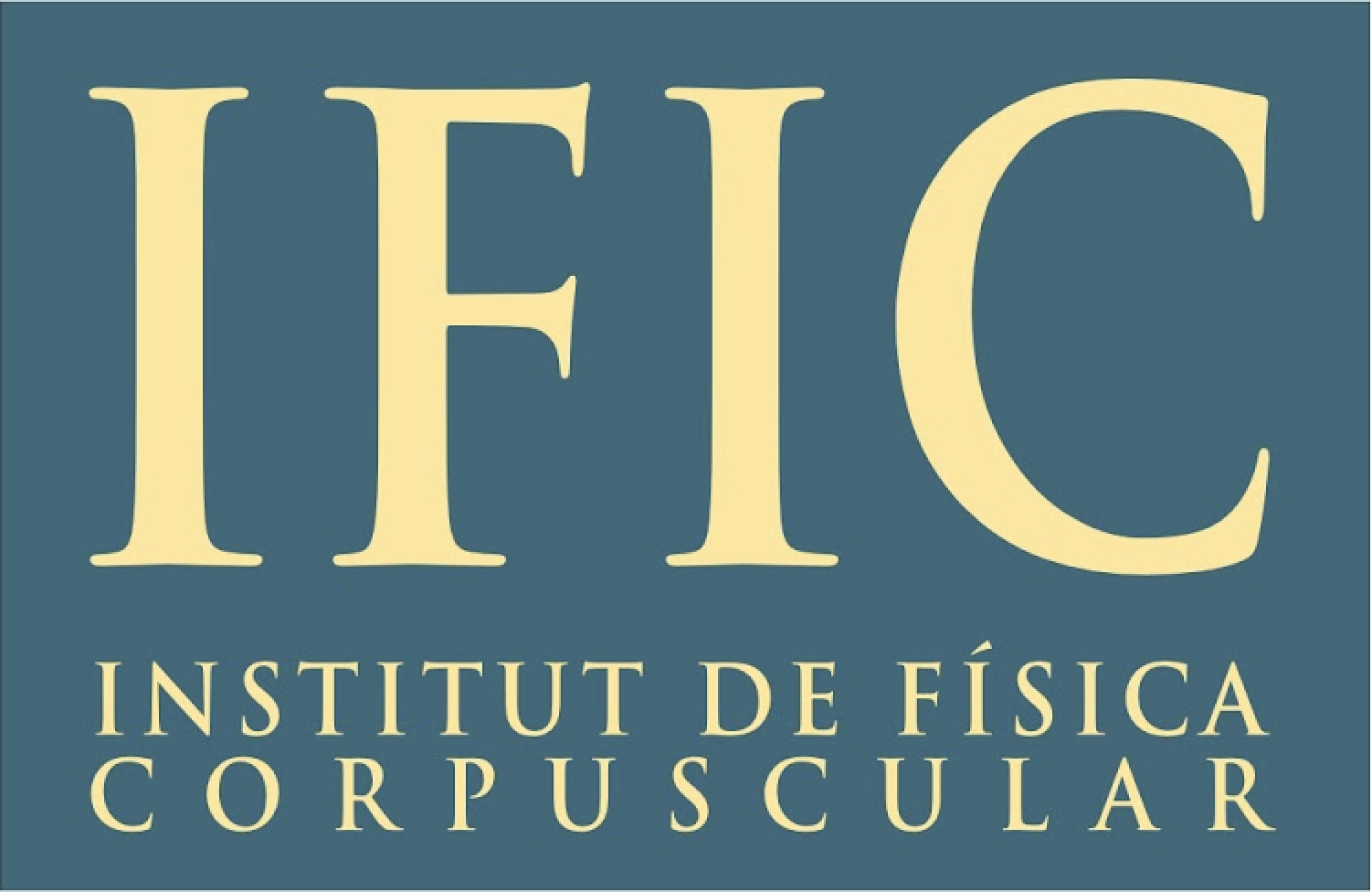Descargar evento actual:
Archivo de calendario
Para habilitar un enlace de exportación de iCal, su cuenta debe tener una clave API creada. Esta clave permite que otras aplicaciones accedan a datos de Indico incluso cuando usted no está utilizando ni conectado al sistema Indico con el enlace proporcionado. Una vez creado, puede administrar su clave en cualquier momento yendo a "Mi perfil" y buscando la pestaña "API HTTP". Puede encontrar más información sobre las claves API HTTP en la documentación de Indico.
Además de tener una clave API asociada a su cuenta, la exportación de información de eventos privados requiere el uso de una firma persistente. Esto hace que las URL de la API no caduquen tras unos minutos. Mientras la configuración está activa, cualquier persona que posea el enlace proporcionado puede acceder a la información. Por ello, es muy importante que mantenga estos enlaces en la privacidad y para uso exclusivamente personal. Si cree que alguien más pudo haber accedido a un enlace utilizando esta clave, debe crear inmediatamente un nuevo par de claves en la página "Mi perfil" en la opción "API HTTP" y actualizar los enlaces de iCalendar posteriormente.
Enlace permanente sólo para información pública:
Enlace permanente para toda la información pública y protegida:
Please use CTRL + C to copy this URL
Horario detallado
